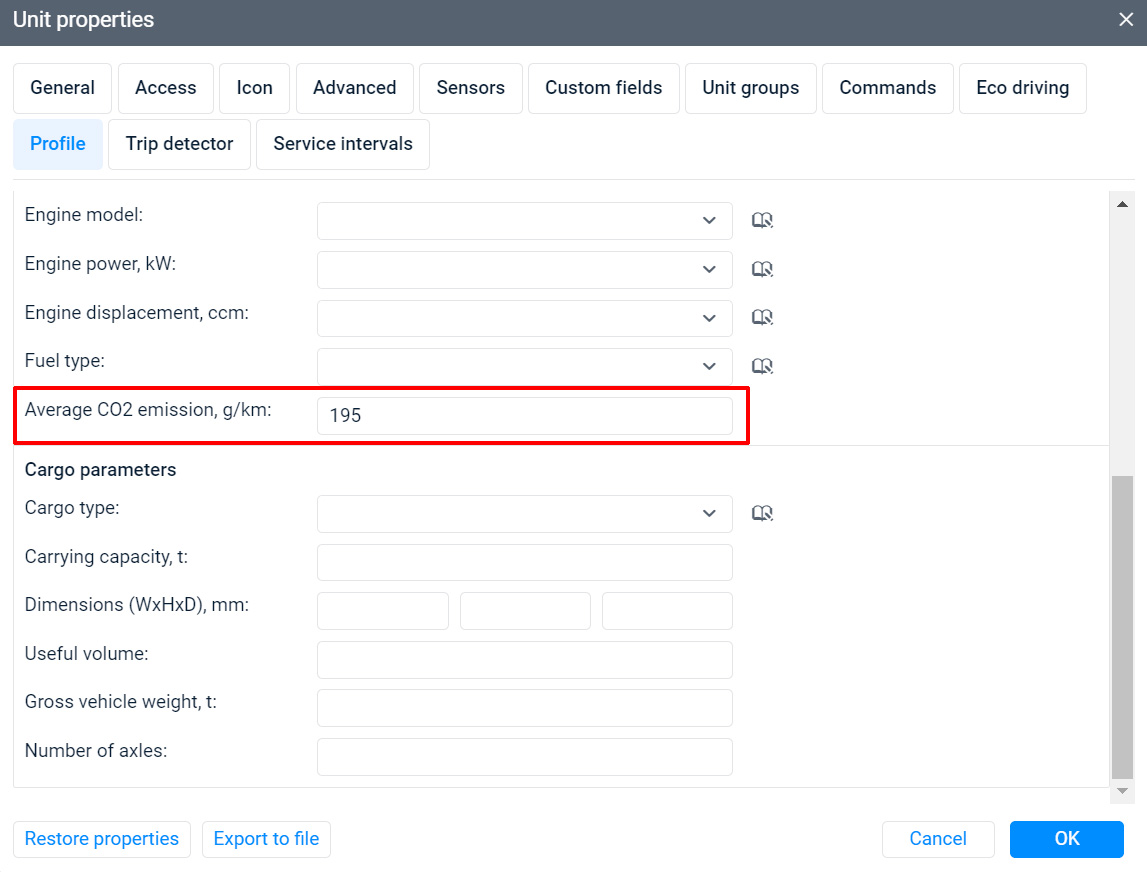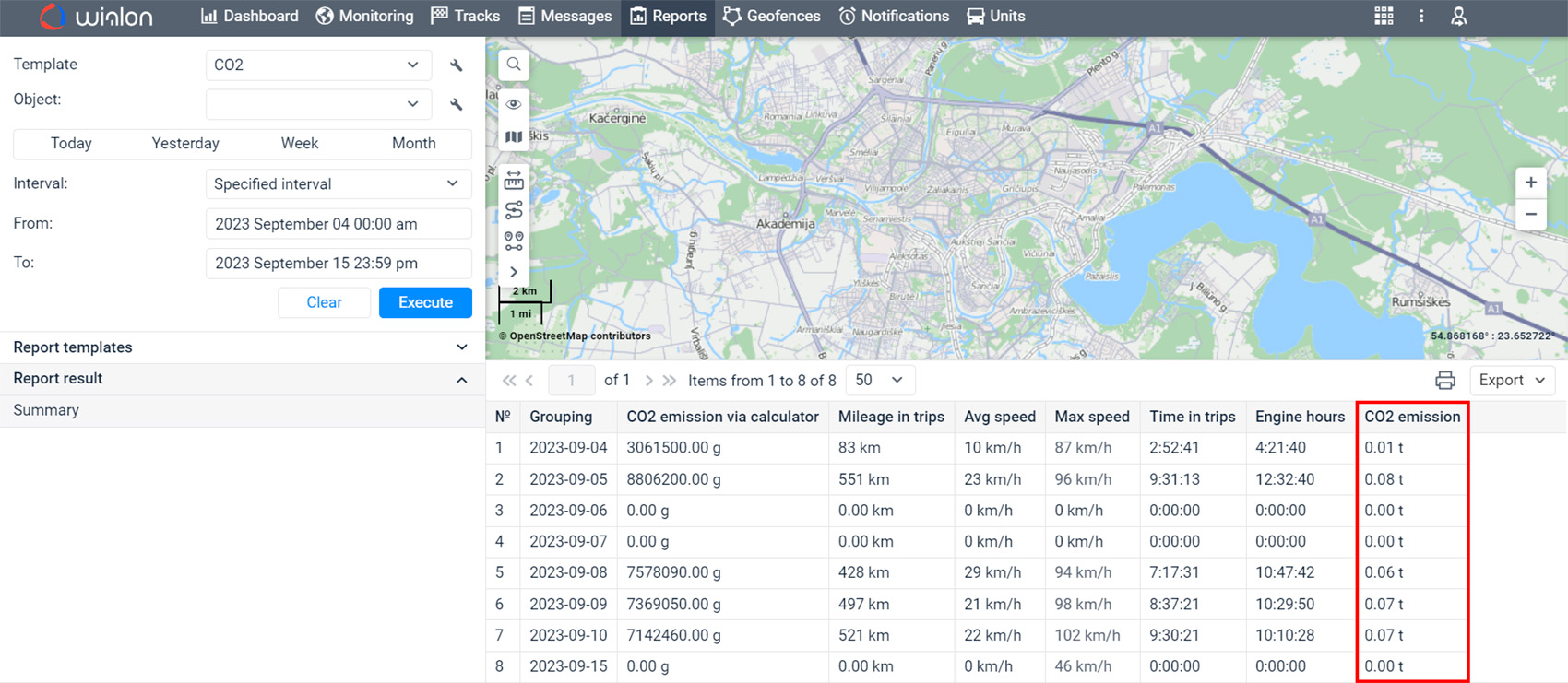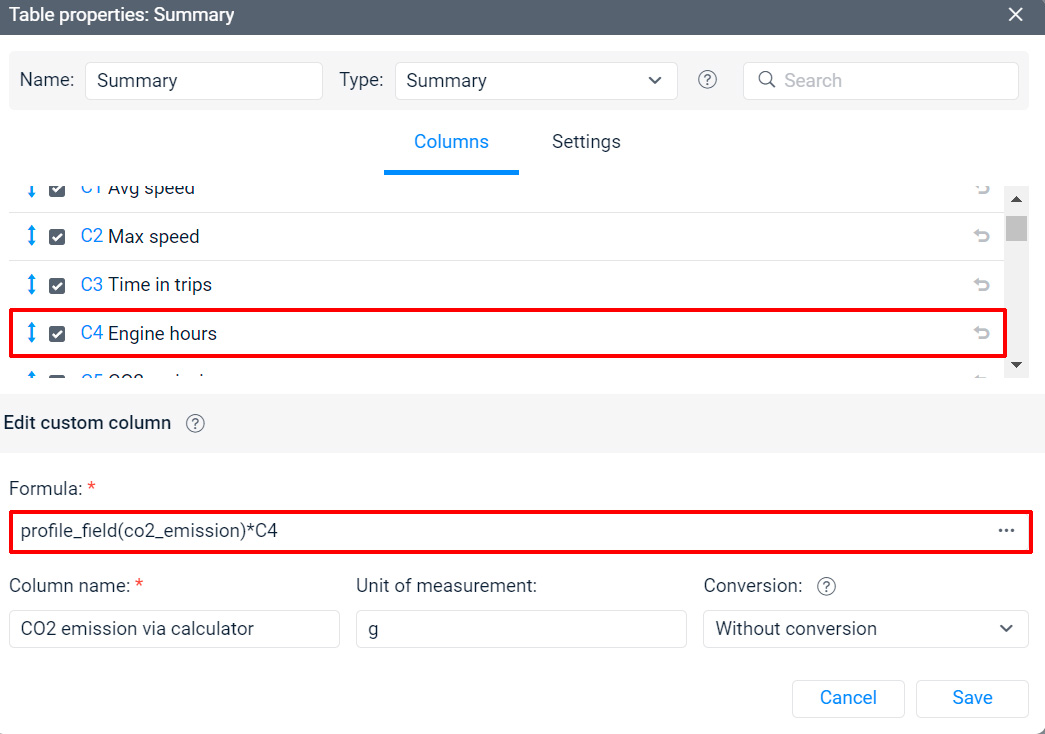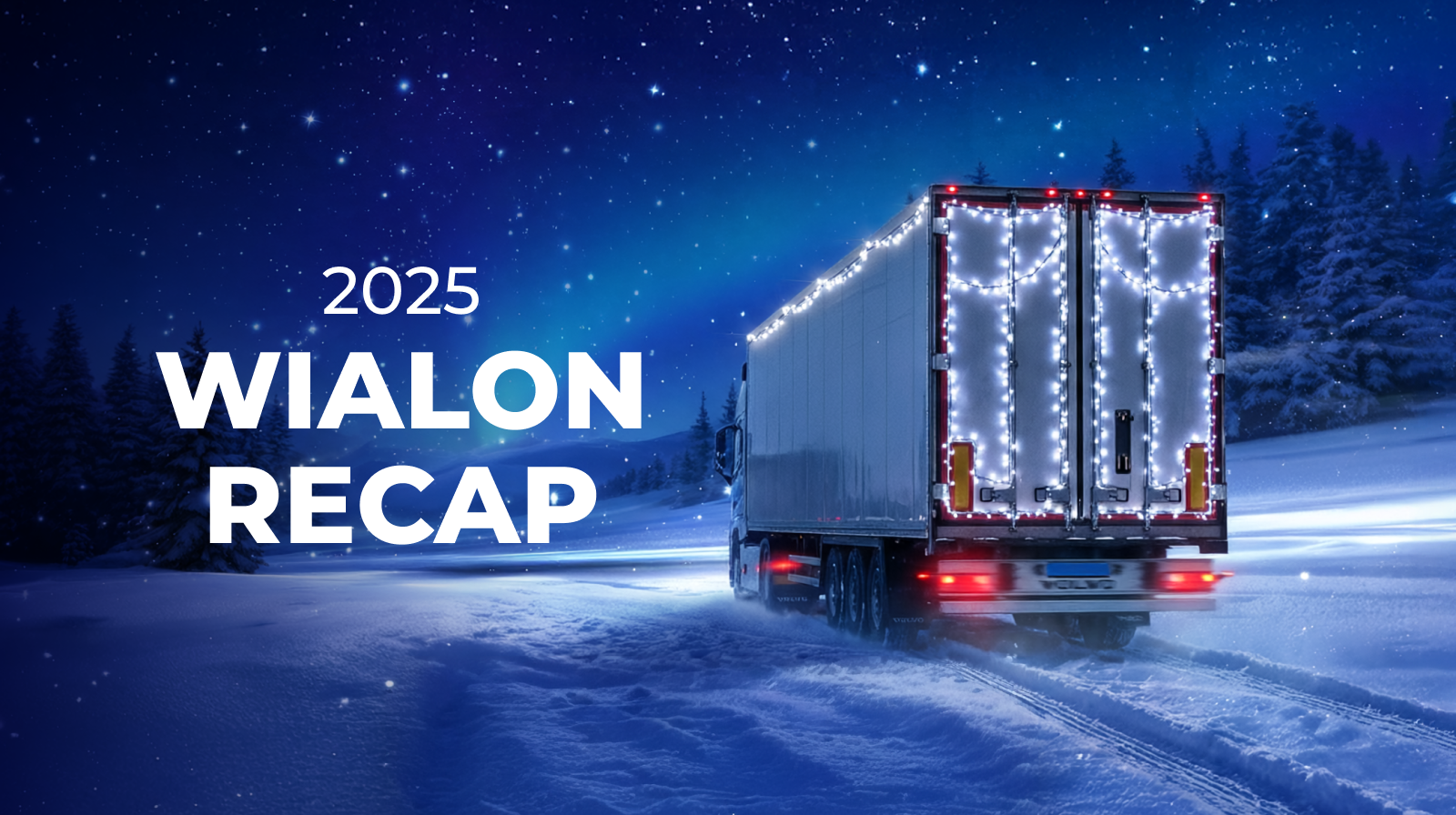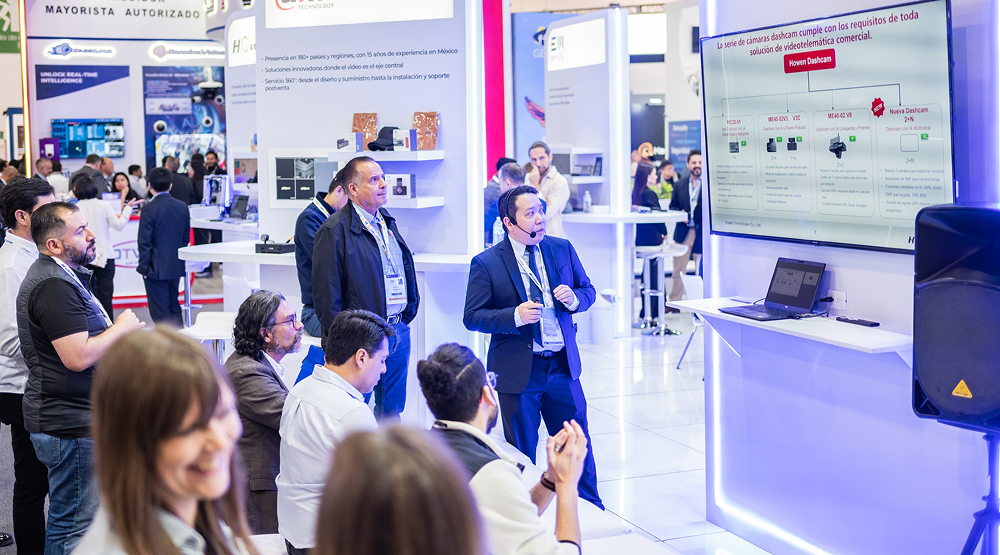Sustainability is a long-lasting trend and businesses that want to succeed must adapt to it. Some are already reducing greenhouse gas emissions with electric vehicle (EV) fleets and other technologies. But for most, the green journey is just beginning.
In our blog post, we'll explain why sustainability matters for every business, why it doesn't have to be extremely expensive, especially in the initial stages, and how the Wialon fleet monitoring system makes this transition affordable. In particular, we'll focus on the latest addition – the CO2 emission control functionality, now integrated into Wialon reports.
Combatting CO2 emissions as part of a business strategy
Not all your clients may be excited about the eco-friendly trend and green fleets. Especially if they've relied on good old diesel vehicles for years. Switching to sustainable technologies like EVs might appear expensive and not worth the effort.
But going green is more than just a moral choice. Businesses are compelled to reconsider their fleets and address transportation pollution due to many factors. Here are some of them:
- Government initiatives. Governments globally are discouraging traditional internal combustion engine (ICE) vehicles. For example, some regions are creating special zones where only low-emission vehicles can go. Also, the USA and the EU will make CO2 emission reporting a must in 2024. All these measures aim to make diesel fleets more expensive.
- Customer preferences. Customers are getting increasingly eco-conscious. As a result, we see the global market share of EVs rising from 7% in 2020 to 18% in 2022. And customers love it when businesses share their values. Being eco-friendly helps companies stand out and attract clients.
- Competitive pressure. Sustainability often boils down to one major factor: cutting down on fuel consumption – one of a fleet's most significant costs. So, if a business figures out how to reduce its fleet's fuel use, it’s not only doing the environment a favor but also increasing its profits and gaining a competitive advantage.
Ok, the move towards greener fleets looks both inevitable and profitable in theory. But the real challenge lies in translating these sustainability ideas into practical solutions.
Making carbon emissions reporting easier with Wialon
Many companies think going green is complex and expensive, something only big companies can do.
Well, here is the truth:
- going green doesn't have to cost a fortune;
- going green doesn't have to be hard.
If your clients are just starting, we suggest taking control over their current CO2 emissions. And to make this process easy and accessible for everyone, we've added a ready-to-use CO2 emission calculation feature to Wialon.
Let’s see how it works.
Two options for CO2 emissions reports in Wialon: a simple guide
To calculate a carbon footprint, Wialon offers two options.
Option one: Using Wialon’s formula
Option one provides a straightforward way to check how much carbon vehicles are emitting. Here, Wialon uses a ready-to-use formula integrated in the CO2 emission column in Trips and Summary reports, as well as a Statistics table.
According to the formula, Wialon multiplies the CO2 emission coefficient by mileage to display how much carbon has been emitted by the vehicle over a specified distance.
To implement this option, all you need to do is input the CO2 emission coefficient for each vehicle in its unit properties. You can find this number in the vehicle manual or documentation or enter the VIN number in Wialon. If the VIN has the CO2 information, Wialon automatically extracts it.
__SLIDER_1f86c8c7758258__
Option 2: Using a custom formula
Option two enables you to use any formula of your choice, which may differ from the one provided by Wialon. Additionally, you can incorporate this custom formula into all types of reports, not just Trips and Summary.
To implement this option, you need to add a custom column to a report template and configure the desired formula for the calculator within this column.
For instance, you might prefer multiplying engine hours by the average CO2 emission instead of using Wialon's formula with mileage. In this case, you specify this alternative formula for the calculator.
__SLIDER_830544425f883__
Benefits of using Wialon to control car CO2 emissions
If your clients need more reasons to try the new CO2 emission control functionality, focus on the positive outcomes it brings immediately, not just one day in the future.
- Optimizing routes. Real-time CO2 emission data allows clients to identify high-emission routes and make adjustments. For instance, CO2 control can reveal routes where vehicles are often stuck in traffic jams. This insight helps fleet managers find less congested alternatives, saving fuel and avoiding delays.
- Increasing fleet fuel efficiency. Figuring out which vehicles are causing the most emissions can be tricky. With CO2 emission control, your clients can easily identify these culprits and take action. They might replace less fuel-efficient vehicles with greener options. Or they might make simple changes like keeping tire pressure in check to prevent vehicles from wasting fuel by exerting more effort to move forward. In any case, they’ll reduce fuel costs.
- Motivating more efficient driving. CO2 emission data isn't just about cars; it's about drivers too. Fleet owners can use this data to provide feedback and organize workshops, encouraging fuel-efficient driving habits among their drivers.
By providing these benefits, you strengthen your position as a trusted telematics service provider ready to tackle the most pressing challenges and help your clients grow.
Conclusion
As you see, there’s a lot to do to reduce vehicle pollution without massive investments in EVs or other costly solutions. Reports that calculate CO2 emissions are a perfect and affordable first step in this long journey.
If you want to learn more, contact your Partner Success Manager for more information about the new functionality. We’ll do our best to ensure a smooth transition to CO2 tracking for you and your clients.

